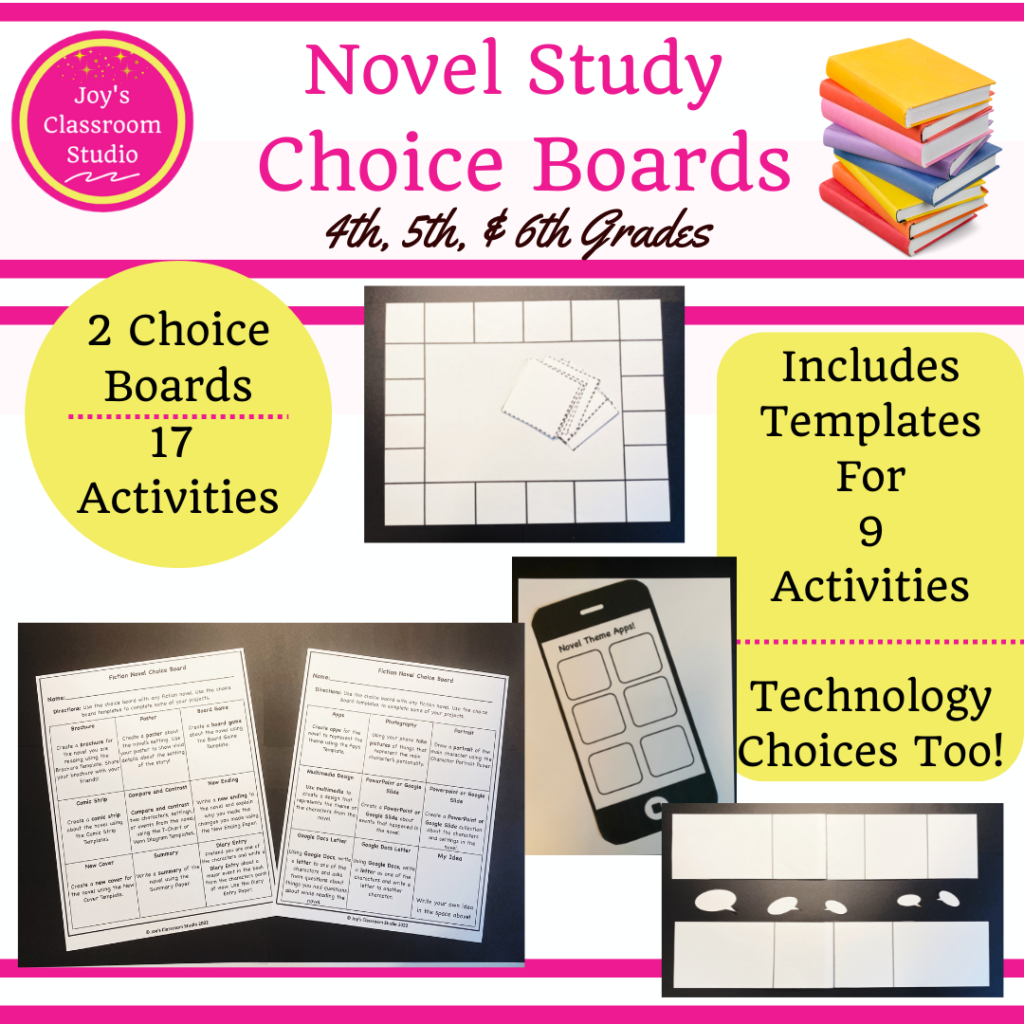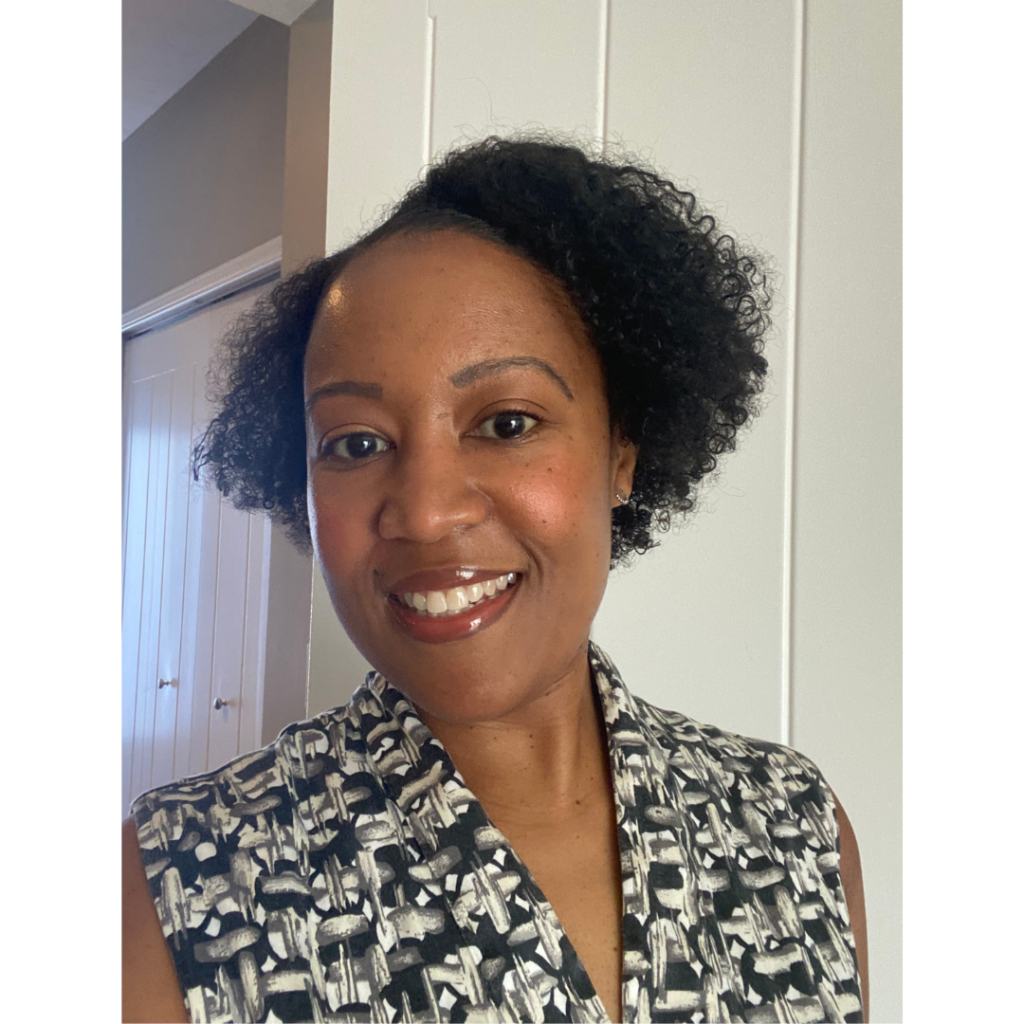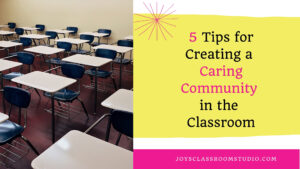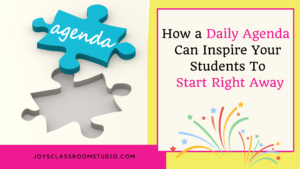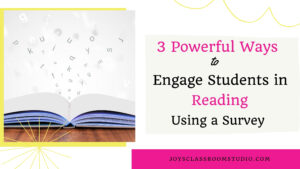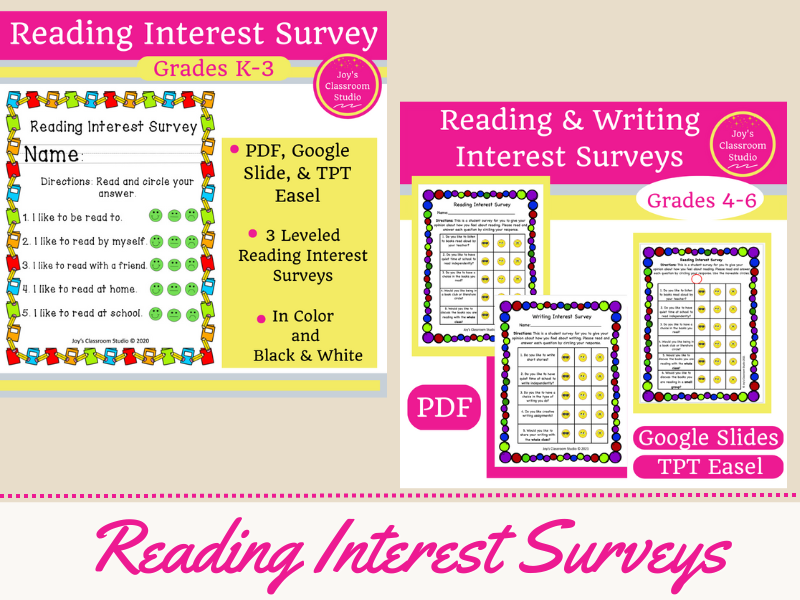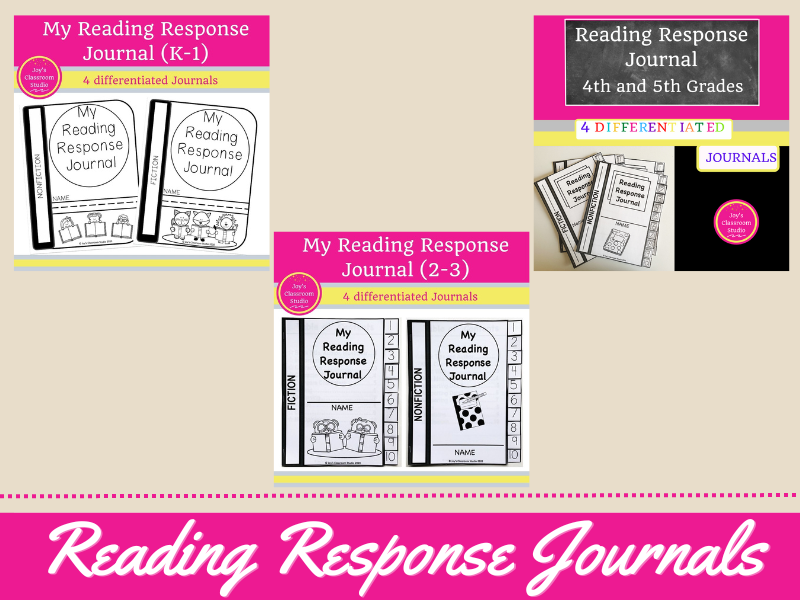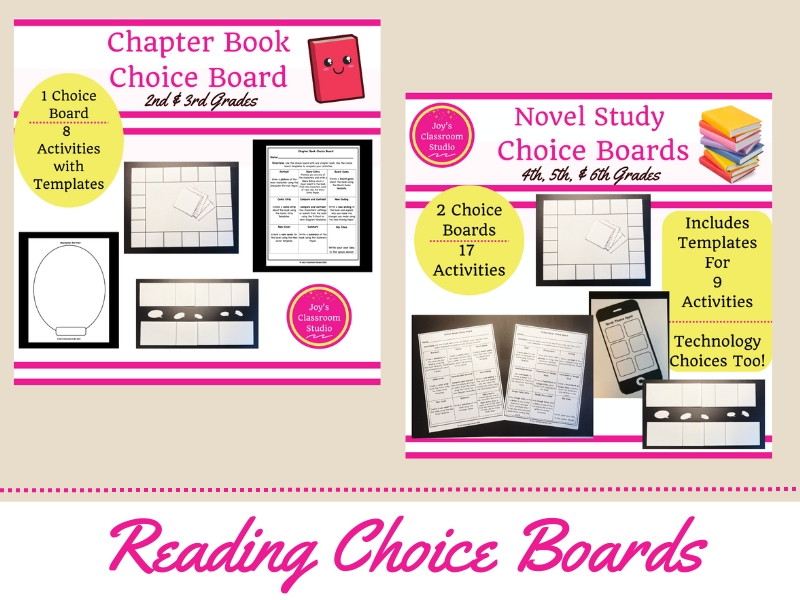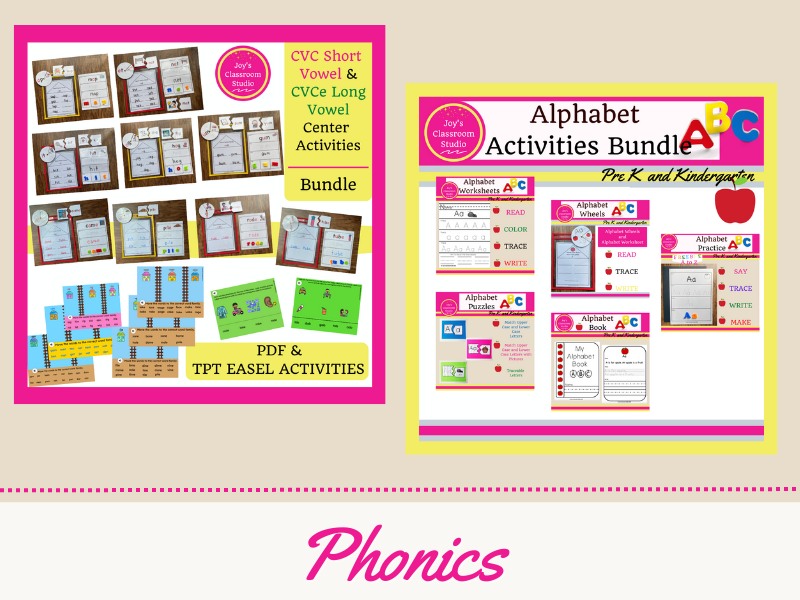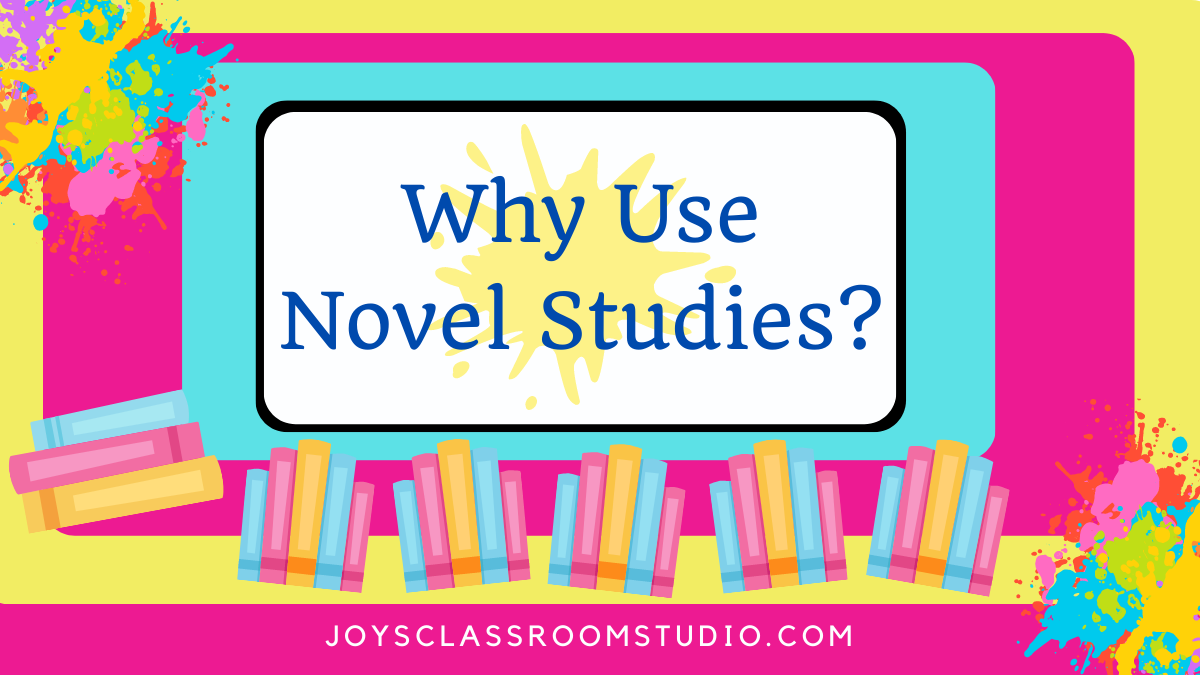
What Are Novel Studies?
You may be asking yourself, what are novel studies? And why might I want to do novel studies in my classroom? There are many ways to do novel studies. Some teachers may have students read the same book as a class. And once finished, students complete a novel study guide or packet. But when I do novel studies in my class, we focus in on the novels we are reading, discuss them, and then respond creatively!
Novel studies can be done with the whole class or have students do it independently. When I do novel studies with my class, my goal is to help students love what they read. I want my students to be lifelong readers and know that reading can be enjoyable. Honestly, it’s difficult to get and keep my students reading. Especially in comparison to fast-paced electronics and social media. But it is worth the struggle to show students that reading can be just as enjoyable!
Why Are Novel Studies Important?
As an ELA teacher, it’s important to show my students how to enjoy reading. Now I do understand there are many students out there who don’t even like reading, let alone enjoy it. But, we need to give our students a chance to experience the benefits of enjoying reading!
Often students are forced to read materials they do not find interesting. Then they are given story questions to answer to see what they have learned while reading. I know, realistically we as teachers need to expose our students to reading passages and questions. Students need to be prepared for state testing. However, a balance is needed in the classroom! We can guide our students into “getting lost” in a good book! To read and follow the storyline until the very end of the book.
Personally, I love to read. Often times I have multiple books waiting to read next. And do you know what I don’t do when I get finished reading? Packets of story questions! Don’t get me wrong, story questions have their place. However, our students should also be given the opportunity to just read! If students need to respond to their reading they can do so in a journal, group discussion, or through a creative project.
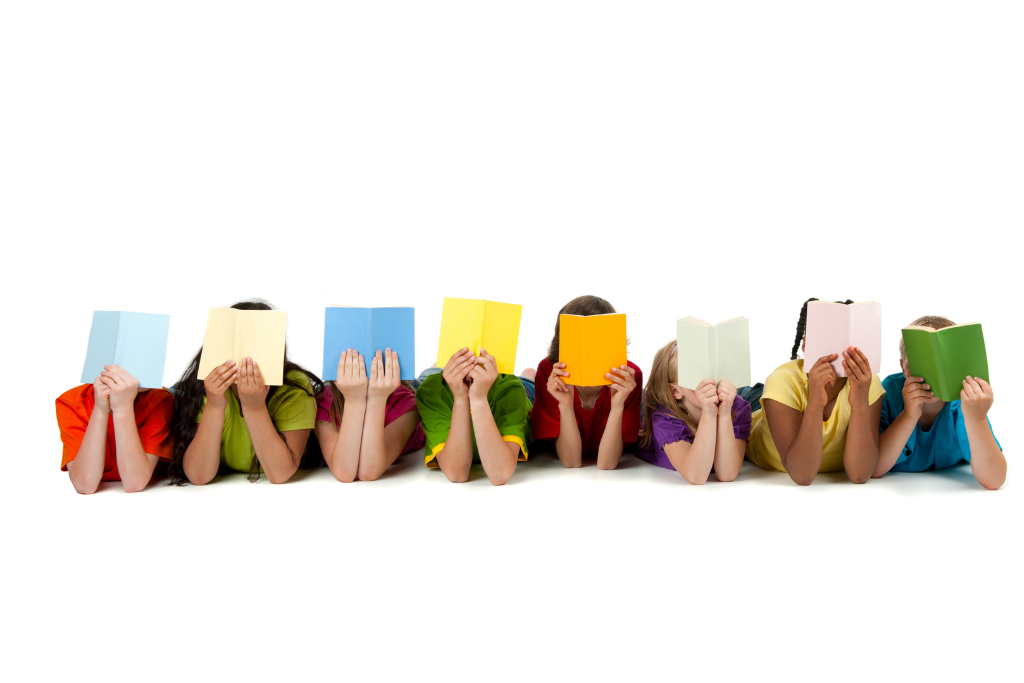
Whole Class Novel Studies
I begin the school year off with a whole class novel study. During this time, I literally read the book aloud to my students. In doing this I am modeling to students how to read a chapter book. While reading I stop throughout to ask questions and hold discussions with my students about what was read.
The steps I use to do a whole class novel study are…
(1) First, I choose a book that I think would be appealing to my students.
(2) Then, I make sure the book is a fairly short chapter book to help keep students’ attention.
(3) I introduce the book to my class by doing a book talk.
(4) Then, I talk to the class about the author, and sometimes I do an author study on that author. (To read more about how I do an author study, read my blog post “5 Tips for Your Next Author Study”.)
(5) Next, I read the book in its entirety aloud.
(6) I discuss what is being read with my students throughout reading using discussion questions.
(7) Lastly, I have students do a creative culminating project about the book.
Read The Whole Novel Aloud
The reason I read the whole class novel study aloud to my 6th-grade students is I am not going to assume that they have read a chapter book in its entirety. When I taught 3rd grade, my students were so excited to start reading chapter books. But as time went on I realized that many of my students were not actually reading their chapter books. Yes, they were excited to get the book and look at the cover. But soon after, they became uninterested in reading the whole book to the end.

Yes, I have tried reading logs and having students answer written story questions throughout reading the book. My personal feelings on this is this is not authentic reading. That doesn’t create lifelong readers!
When thinking about book clubs and/or literature circles and what helps to keep people engaged, a key factor is discussions. Getting others to discuss what they have read. This guides students in following the storyline. It is also helpful for peers to hear their classmates talk about what they read. Students may be thinking, I didn’t read that part yet, I’ll have to go back in and read it. Or they may think that’s not what I thought was going on, this is what I thought happened. Discussions help them interact with what they are reading!
Individual Novel Studies
I do novel studies about three times throughout the school year. With beginning with individual novel studies a couple of weeks after our whole class novel study is finished. Students are given choices for their independent novel studies.
When I select books, I consider reading levels, engagement, and diversity. Students are not assigned books or made to select books that are on their reading levels. They are allowed to choose whatever they would like to read from the book selection. If a student chooses a book that is too difficult for them to read but they have an interest in it, I let them have that choice. They can fill in what is going on in the story through student discussions.
Here are the steps I use when doing independent novel studies in my classroom…
(1) First, I see what books we have available in our school or local library, or I ask my principal to order books. I am fortunate to have an excellent public library system that offers teachers educator cards and gathers teacher collections. And a great principal that orders books that are needed. Next, I choose 5 different book choices and get multiple copies so students can have their own.
(2) Next, I consider the reading level and appropriateness for 6th-graders. I also look for books that students would find engaging and that have diverse characters.
(3) I do a book talk on the books I have chosen for students to select.
(4) After the book talks I give students a Google Form to select their choice.
(5) I pass out books to the students and allow them to read at their own pace.
(6) Next, I give students time to read in class and meet with student groups to discuss the books. I remind students not to give away too much information if they are much further along in the book than other students.
(7) If a student finishes their novel study quickly they can choose another book to read.
(8) And lastly, at the end of the culminating project, I have students do a novel study project using a novel study choice board.
Team Reading Packets or Team Discussion Cards
Are you team reading packets or are you team discussion cards? I am team discussion cards! Over the years I have tried using reading packets filled with questions with my students. But I found many of my students lost interest really quickly in the book they were reading. It seemed they were so busy searching for answers to questions. That they were not really focused on enjoying the book.
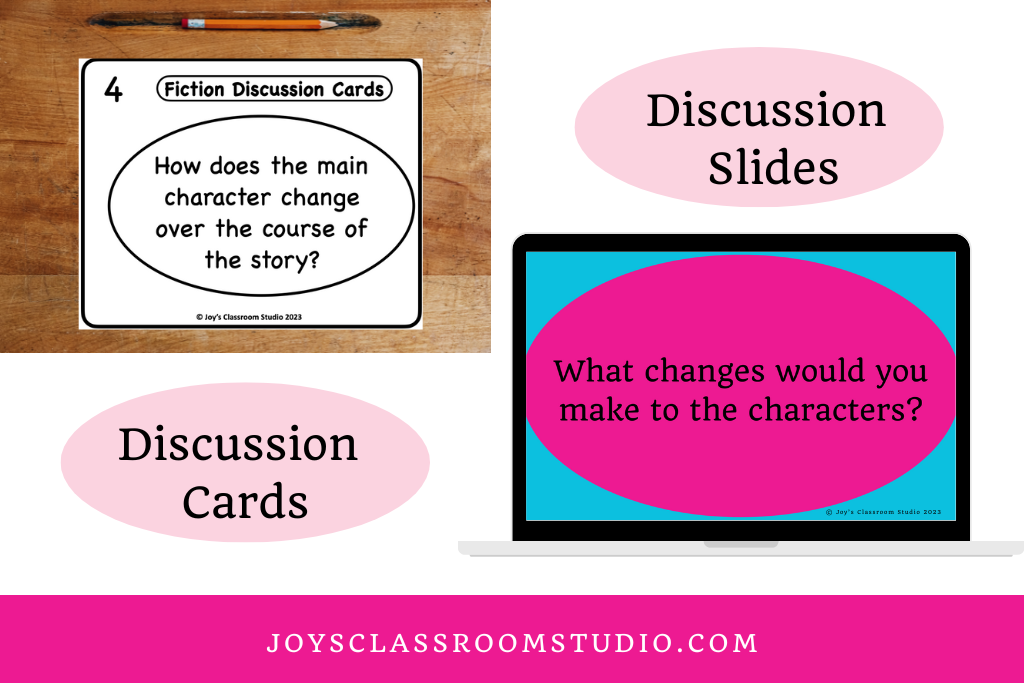
I know each teacher is different and we all have our preferences! Mine is class discussions instead of using reading packets with questions. Discussion cards are a great choice to use to help guide the conversation!
Discussion cards can be used individually, with partners, in groups, and whole class. They are very versatile. When discussing books I always tell my students to discuss them like they were telling what happened in a movie. Using discussion cards can help guide students in getting to authentic conversations about the books they are reading.
Culminating Activity: Reading Choice Board Activities
Students do a culminating project at the end of their novel studies. I like to give students choices in doing creative activities. The easiest way for me to do this is to give students a choice board. I have created a novel study choice board product that I use in my classroom. It is fiction reading choice boards that go great with novel studies! Made for students in grades fourth, fifth, and sixth grade. In this product, I’ve created templates that students can use to help them with the creative process.
Some of the choices I have for students to do are…
(1) Brochure: Students create a brochure for the novel they are reading.
(2) Poster: Students create a poster about the novel’s setting.
(3) Board Game: Students create a board game about the novel.
(4) Comic Strip: Students create a comic strip about the novel study.
(5) New Cover: Students create a new cover for the novel study.
These are just a few choices I have available. I also include technology choices that students can do.
Here are some of the technology choices…
1) Photography: Students use their phones to take pictures of things that represent the main character’s personality.
(2) PowerPoint / Google Slide: Students create a PowerPoint or Google Slide collection about the characters and settings in the novel.
(3) Google Docs: Students use Google Docs, write a letter to one of the characters and ask them questions about things you had questions about while reading the novel.
(4) My Idea: The “My Idea” choice allows students to come up with their own choice for their novel study project.
Conclusion
Remember there are many ways you can do novel studies in your classroom. My favorite ways to do them are beginning with whole class novel studies and then moving into individual novel studies. Throughout doing novel studies with students I like to hold discussions with them about the books that are being read. Using discussion cards is a great way to help guide the discussion. When students are finished with their novel studies, they do a culminating activity using reading choice boards to bring their novel studies to a close.
Novel study choice boards work best for me! If you have not tried novel studies in your classroom, give it a try. Start small by doing whole class novels and then move into independent novel studies.

